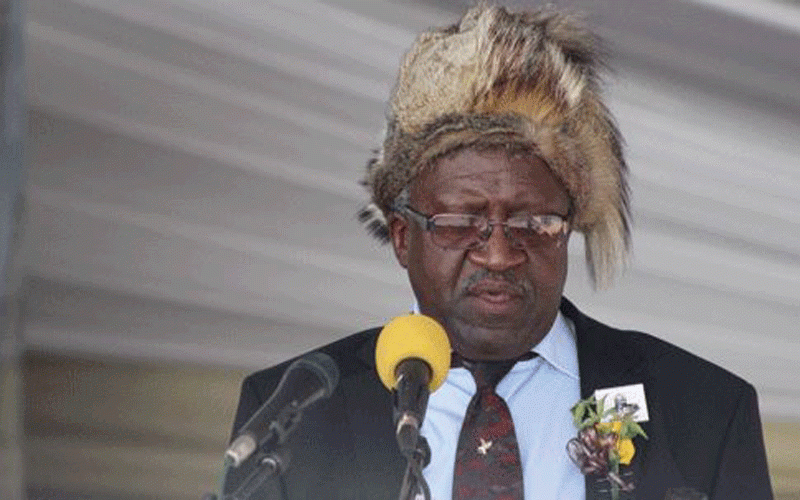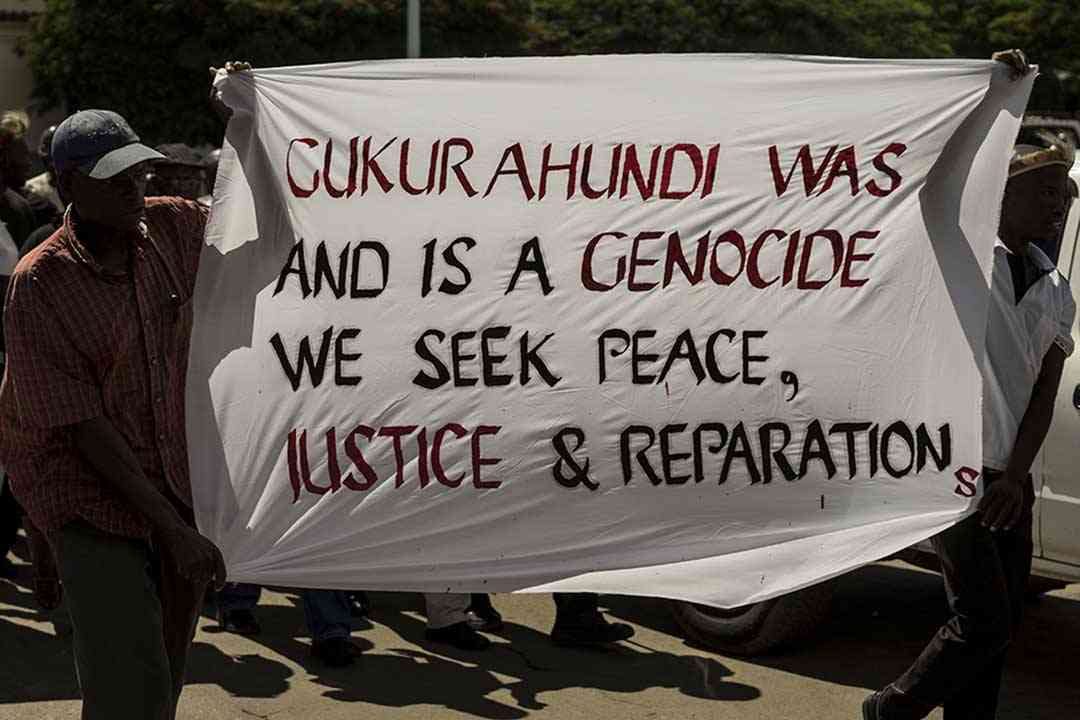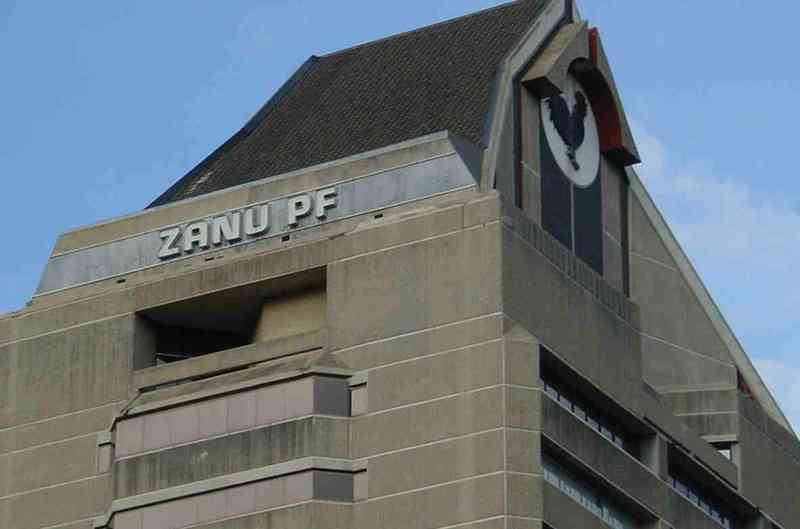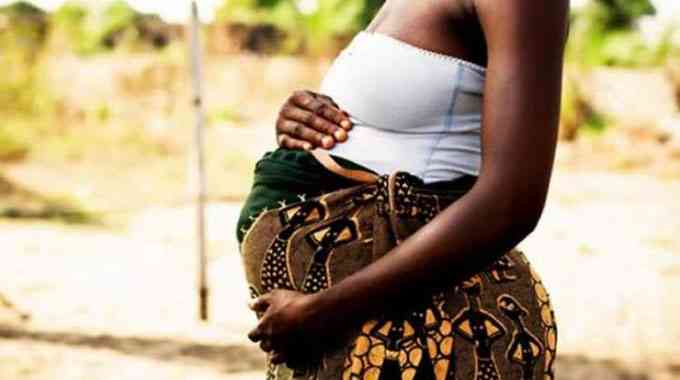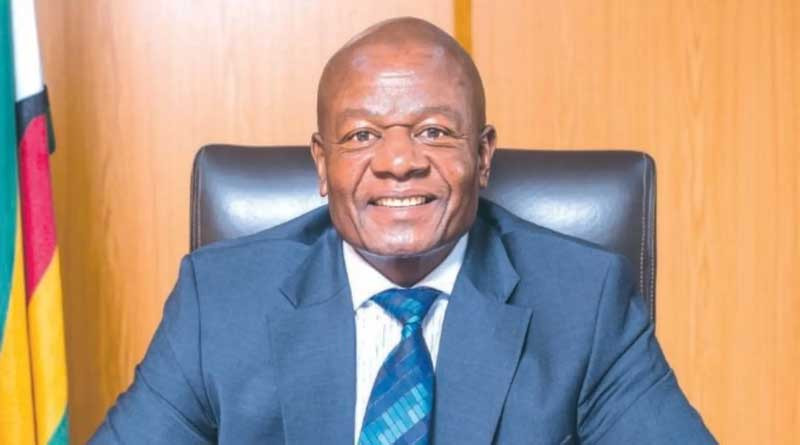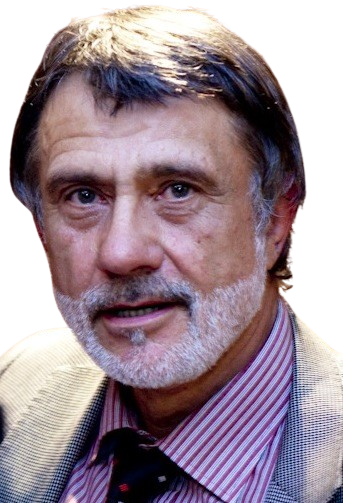
WINDHOEK, Namibia - A SADC legislators' virtual training on trade-related issues has exposed the dominance of global markets over intra-African trade.
The training was jointly organised by the Trade Law Centre (Tralac) and the SADC Parliamentary Forum (SADC PF), with Tralac executive director Trudi Hartzenberg, and associate Gerhard Erasmus as chief facilitators.
Speaking on the second day of the workshop on Wednesday, Hartzenberg explained that intra-African trade remains low, accounting for only 15-16% of Africa’s total exports.
She noted that 84% of Africa’s exports are directed to global markets, with the bulk of these exports being raw materials.
“If we look at a breakdown of that trade with global partners, it is very much concentrated on commodities,” she explained, listing coal, copper, gold, diamonds, lithium, cobalt, and other resources that fuel global industries.
She said South Africa is a key commodity exporter, with some manufactured exports including motor vehicles and chemicals, while importing mostly manufactured products, particularly from China and other global partners.
Hartzenberg stressed the importance of SADC and SACU (Southern African Customs Union) in South Africa’s regional trade, and said that South Africa’s largest African trading partners were Mozambique, Botswana, Zimbabwe, Zambia, Namibia, Eswatini, and Lesotho.
She pointed out that even with the full implementation of AfCFTA, these strong regional trade ties will remain important; unlikely in the short to medium term to be replaced by trade with partners outside SADC, due to high intra-African trade costs.
- Why Maser CEO Suri thinks AfCFTA is a winner for start-ups
- AfCFTA bolsters Zim SMEs
- Outcry over state of Binga-Dete road
- Why Maser CEO Suri thinks AfCFTA is a winner for start-ups
Keep Reading
“It is costly to trade on the continent. Transport costs, delays at border posts, and non-tariff barriers remain major impediments,” she said, noting that despite tariff reductions under AfCFTA, these challenges would continue to hinder deeper integration, unless non-tariff barriers are eliminated.
Hartzenberg stressed that reducing tariff barriers alone was not enough to boost intra-African trade. Investments in customs efficiency, improved governance, and industrialisation to boost and diversify capacity to produce tradable goods and services were essential. She highlighted the importance of customs and border management processes, mutual recognition agreements for authorised economic operators, and trade facilitation mechanisms to streamline cross-border trade.
“This will make an enormous difference in promoting trade,” she emphasised that Africa must also expand and diversify its productive capacity to change what and how it trades globally.
“We need to produce more tradable goods and services,” she said, accentuating the importance of trade-industrial policy connections.
Hartzenberg stressed that African countries must develop stronger manufacturing sectors to reduce dependence on imported industrial goods. She urged caution regarding the expectations of AfCFTA, warning that free trade agreements alone are unlikely to significantly transform Africa’s trade landscape and that the benefits are likely to be uneven. Complementary policies and initiatives to support Africa’s industrialisation are essential for the success of the AfCFTA.
She highlighted the importance of evidence and data-driven trade policies.
“We’re hoping that AfCFTA can contribute to reducing transaction costs of trade, making African producers more competitive not only on the continent but in the global context.”
The other workshop facilitator Erasmus urged African lawmakers to address stability and governance issues to unlock the continent’s economic potential. Stressing that peace and stability are critical enablers of economic growth, he warned that instability in regions such as the Democratic Republic of Congo (DRC), Mozambique, the Horn of Africa, Sudan, and the Sahel threatens economic progress.
Erasmus referenced Africa’s youth demographic, with the median age on the continent being 19 years. He called for policies that ensure young people are actively engaged in economic and governance processes to boost regional integration efforts.
On progress and challenges, Hartzenberg provided insights into the continent’s Regional Economic Communities (RECs), which are recognised by the African Union (AU). These include the Common Market for Eastern and Southern Africa (COMESA), the Southern African Development Community (SADC), the East African Community (EAC), the Economic Community of West African States (ECOWAS), which have established free trade areas or customs unions, as well as others, such as the Intergovernmental Authority for Development (IGAD) and the Arab Maghreb Union (AMU) which have not yet implemented trade arrangements amongst their members.
She explained that implementation of some of the free trade areas and customs unions is still work in progress, bringing to the fore the challenges of integrating unequal partners in these arrangements.
Regarding SADC’s trade agenda, Ms Hartzenberg said the SADC Free Trade Area (FTA) was launched in August 2008, with a phased reduction of tariffs. Thirteen out of 16 SADC Member States participate in the FTA, while Angola, Comoros and the DRC remain outside.
She said countries that include Malawi, Zimbabwe, and Tanzania had faced difficulties in implementing tariff reductions, with some requesting temporary exemptions to protect local industries.
Hartzenberg also discussed the SADC Protocol on Trade in Services, which came into force in January 2022. It prioritises key sectors such as communication, construction, energy-related services, financial services, tourism, and transport. A second round of negotiations is underway to expand coverage to business services, distribution, education, health, and environmental services.
She stressed the importance of the services sector, not only for employment and economic growth but also as a facilitator for trade and development. Services like healthcare, education, and communication play a direct role in improving development outcomes across the region.
Both experts highlighted the complex nature of Africa’s trade landscape, and said overlapping memberships in multiple RECs was a challenge.

